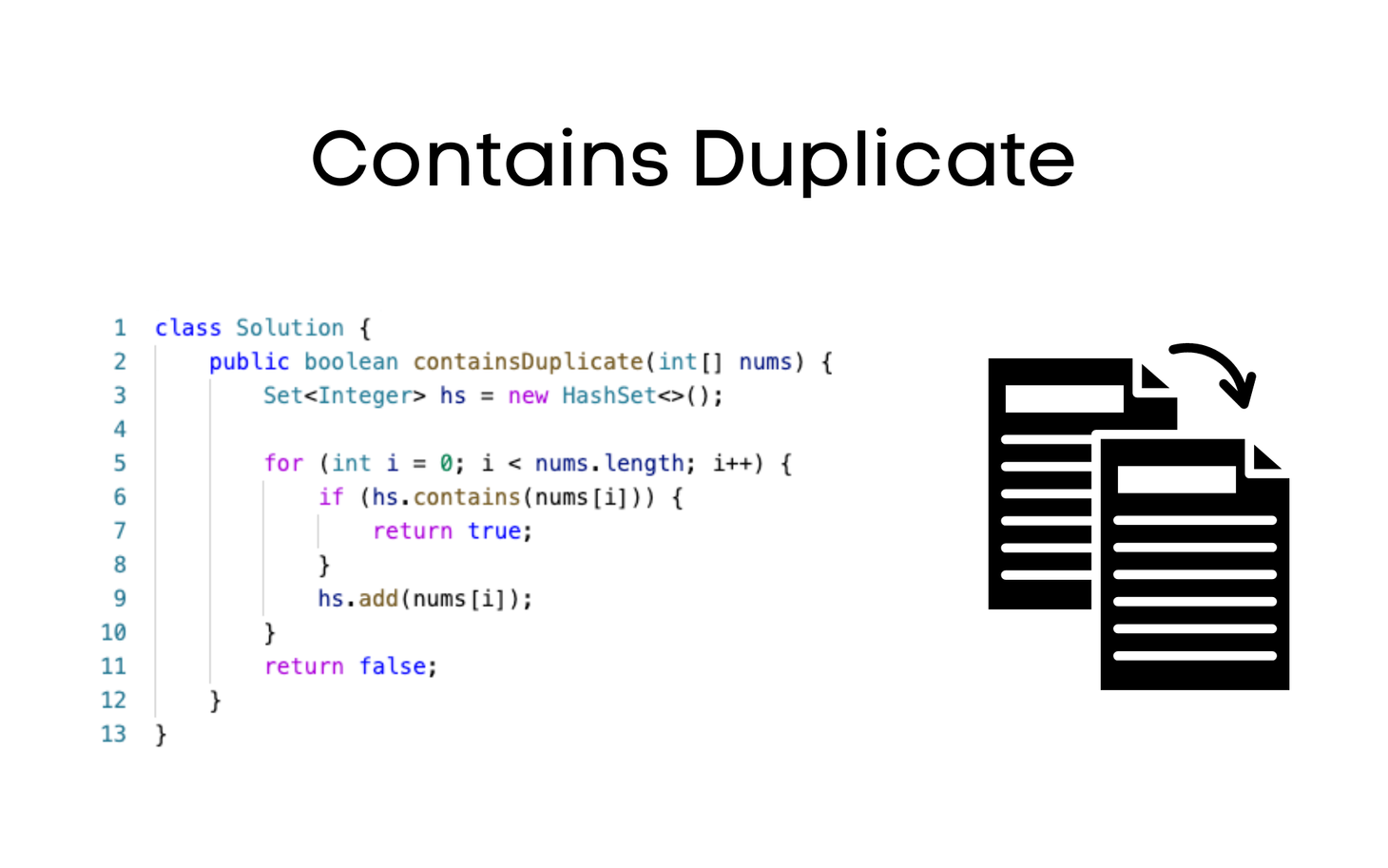Challenge 3: Power of 2
We solve by making use of the & operator in computers. There are many ways to solve this, of which two approaches are simple, and one is a more complex but better solution.
This lesson will teach you how to find the duplicate element using a hashing algorithm.
